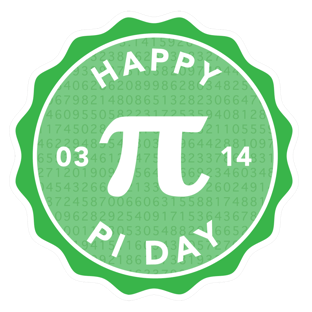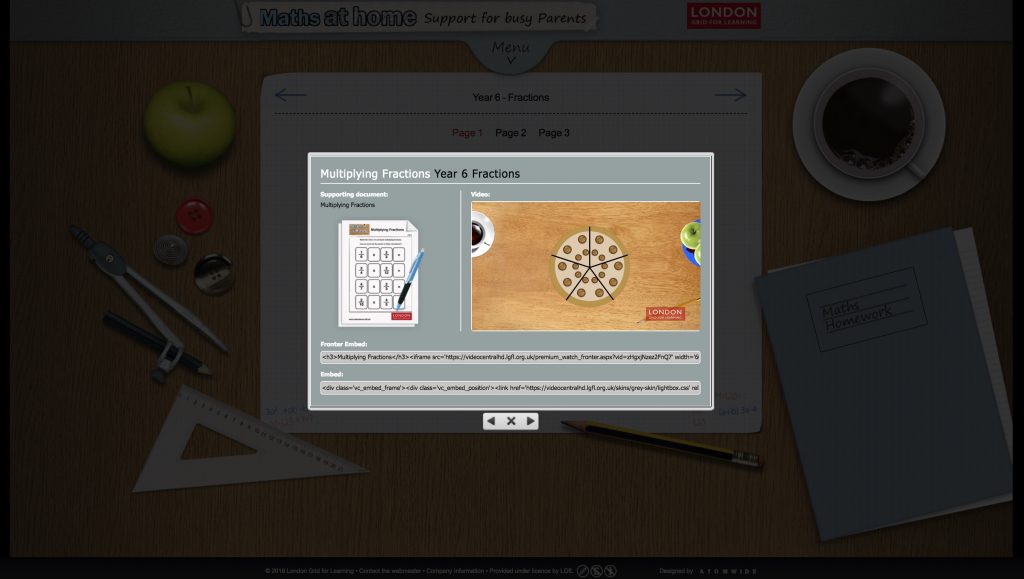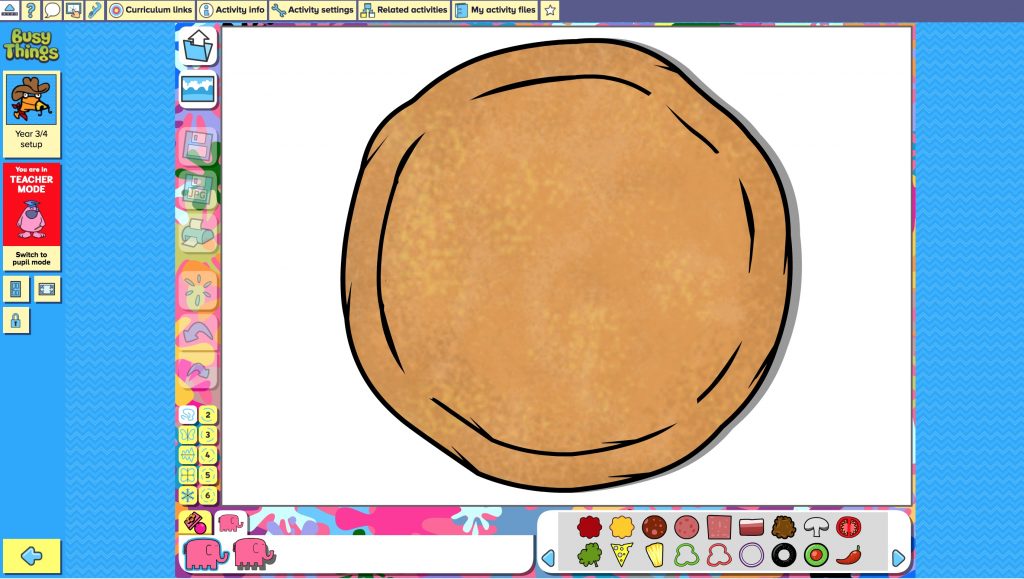Curriculum Blog
Pi Day 2021
What is a maths teacher’s favourite dessert? Pi of course! And what better day to have a large slice of Pi than on Pi day!

Pi Day is celebrated on March 14th (3/14) around the world. Pi (Greek letter “π”) is the symbol used in mathematics to represent a constant — the ratio of the circumference of a circle to its diameter — which is approximately 3.14159.
Each year on 3/14, teachers in classrooms across the world take a break from the normal routine to plan a special celebration in honour of pi, or the number 3.14. March 14 also happens to be the birthday of Albert Einstein which makes the day an extra special one for planning maths challenges and math fun!
Pi Day activities are meant to enrich and deepen students’ understanding of pi and mathematic concepts with real-life mathematical hands-on experiences.
Pi Day gives ample opportunity for creative math fun and offers students to study real-world maths problems. This amazing activity, for example, allows your students to play pi as a musical sequence! (You will need flash installed) Simply pick ten notes, which are then assigned to integers, and then listen to what pi sounds like! Try Cutting Pi, a hands-on activity in which students measure cylindrical objects in the classroom with string, cut their measured string into three equal pieces, and then figure out how to measure the leftover piece. They’ll see for themselves how pi comes up every time! Learn how to make a circle from three points on a plane and have fun manipulating nested circles with this interactive tool that shows students that circles are awesome.
Maths in the Real World is a comprehensive maths resource for Key Stage 2 to 4 that seeks to bring engaging and relatable real-world contexts into everyday teaching.
The activities are clearly signposted through the curriculum search feature and include detailed differentiation to ensure there is something for all ability levels. It has been carefully designed in line with the National Curriculum and natural mathematical learning; this helps equip pupils for their continued Secondary studies, as well as honing the life skill of problem-solving!
For more real-world examples of mathematics Maths in the Real World offers activities based in the real world, the real-world topics covered in the resource are:
The real-world topics covered in the resource are:
- Algorithms
- Arena and Events
- Nutrition
- Round the World
- Speed Camera Investigation
- Sporting Decisions
- Search and Rescue with HM Coast Guard
- iPhone Challenge
- Stock Market Challenge
- Broadcast Engineering and Maths
- Viral Contagion
The iPhone challenge explores how a deeper understanding of probability could save you money when thinking of upgrading your phone.
The Stock Market Challenge offers an exciting real-world simulation of livestock market changes and how they can impact the performance of shares and ultimately how much money can be won or lost.
The updated version of this resource now includes related templates and activities created in the G Suite platform for schools. This helps to make use of to further increase student engagement and quantify their achievements in a more dynamic and immediate way than via traditional textbook approaches.
Maths at home also offers a range of videos exploring the mathematical concepts involved with Pi, the resource is designed for busy parents but can also be used by teachers to explore and explain mathematical concepts from Early Years to Key Stage 1 and 2.

The Maths at home resource is designed to provide support for busy parents that wish to help their child with their mathematical development at home. A video has been made for every single National Curriculum descriptor for the whole of Key Stage 1 and 2, as well as an overview video for Early Years. This provides coverage for the entire Mathematics Primary curriculum. Each video is a snapshot of how many schools may teach the particular strand, and also provides examples of how parents could support their child at home. Where appropriate, video content is reinforced with a selection of downloadable resources.
Maths at home videos are designed to feel like they are taking place on a table at home, encouraging communication, conversation and lots of fun while working on them.
The video resources are designed to bring Maths to life, highlighting learning opportunities within cookery, play, decorating and gardening. Most importantly, they are designed to ignite conversations between children and parents and to make Maths a positive and enjoyable experience outside of school.
For Younger Students, you can Introduce ideas such as size, shape, circumference and diameter, and fractions by making pizzas, Busy Things has a Pizza recipe to follow as well as an online pizza making activity or explore fractions by playing against the computer or against friends to correct by answering fraction-based questions.

Whatever you have planned for Pi Day please share via our twitter or Facebook pages and remember the #piday hashtag
